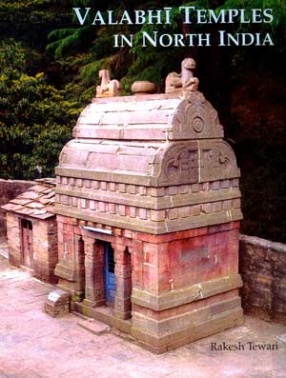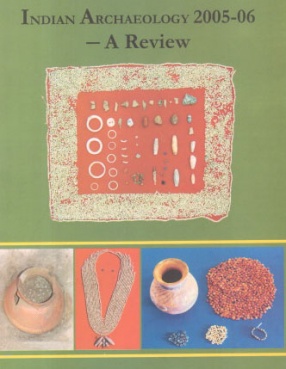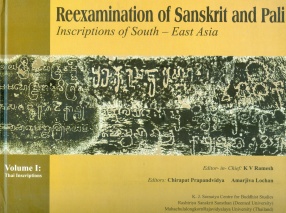The main modes of North Indian temples include Latina, Phamsana, Shekhari and Valabhi types. They have been discussed in most of the works on Indian temples. However, separate studies on these forms have not been attempted so far. This monograph is a pioneering attempt in this regard. It is focused only on the Valabhi mode of temples, which comprise ayatakara talachhanda yojana (rectangular ground plan), a doorway to one of its longer parsvas (side) and a semi cylindrical sikhara (superstructure). About fifty percent of there temples are in Uttarakhand, most of which have been brought to light by the author and his colleagues. Other temples discussed in this work are located in Himachal Pradesh, Utter Pradesh, Bihar, West Bengal, Orissa, Madhya Pradesh, Rajasthan and Gujarat. Apart from documenting the existing Valabhi temples, this work traces the evolution of Valabhi structure, its transformation into a temple, literary references, dedication and architectural features in a chronological order, from the very beginning to the medieval period.
The comprehensive study, lavishly illustrated with photographs and analytical drawings, is expected to provide new insights into the appreciation of Valabhi temples and its various aspects.






There are no reviews yet.